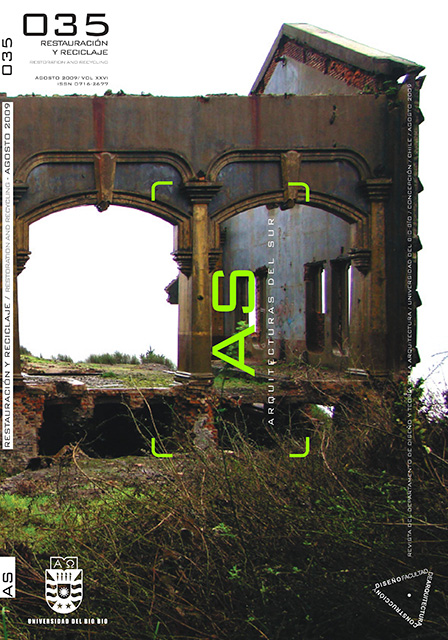Lota’s industrial heritage. Twelve years on from the closure of the coal mines
Abstract
Lota is one of the most emblematic cities in Chile due to its cultural significance and its history, directly connected with the social and territorial changes brought about by coal mining. The city was built in the bay of Lota as a base settlement from which to exploit undersea coal deposits. Its urban image is defined by the social housing blocks (‘pabellones’), the community ovens, the industrial area with its high chimneys and lift shafts leading down into the mines, the wharf and the park.
Downloads
Downloads
Published
How to Cite
Issue
Section
License
The content of the articles published in each issue of Arquitecturas del Sur is the sole responsibility of the authors and does not necessarily represent the opinion of University of the Bío-Bío.
The authors will maintain their copyright; however, they will guarantee the journal the right to first publication and dissemination of their work. The publication of the article in Arquitecturas del Sur will be subject to the Creative Commons International license (CC BY-SA) that allows others to adapt: remix, transform and build on the material for any purpose, even commercially; share: copy and redistribute the material in any medium or format, as long as the authorship and first publication in this journal are acknowledged by citing them correctly, and their new contributions are under a license with the same terms.














 Programa de Información Científica/Concurso Fondos de Publicación de Revistas Científicas 2018/ Proyecto Mejoramiento de Visibilidad de Revistas UBB (Código:FP180007)
Programa de Información Científica/Concurso Fondos de Publicación de Revistas Científicas 2018/ Proyecto Mejoramiento de Visibilidad de Revistas UBB (Código:FP180007) 
